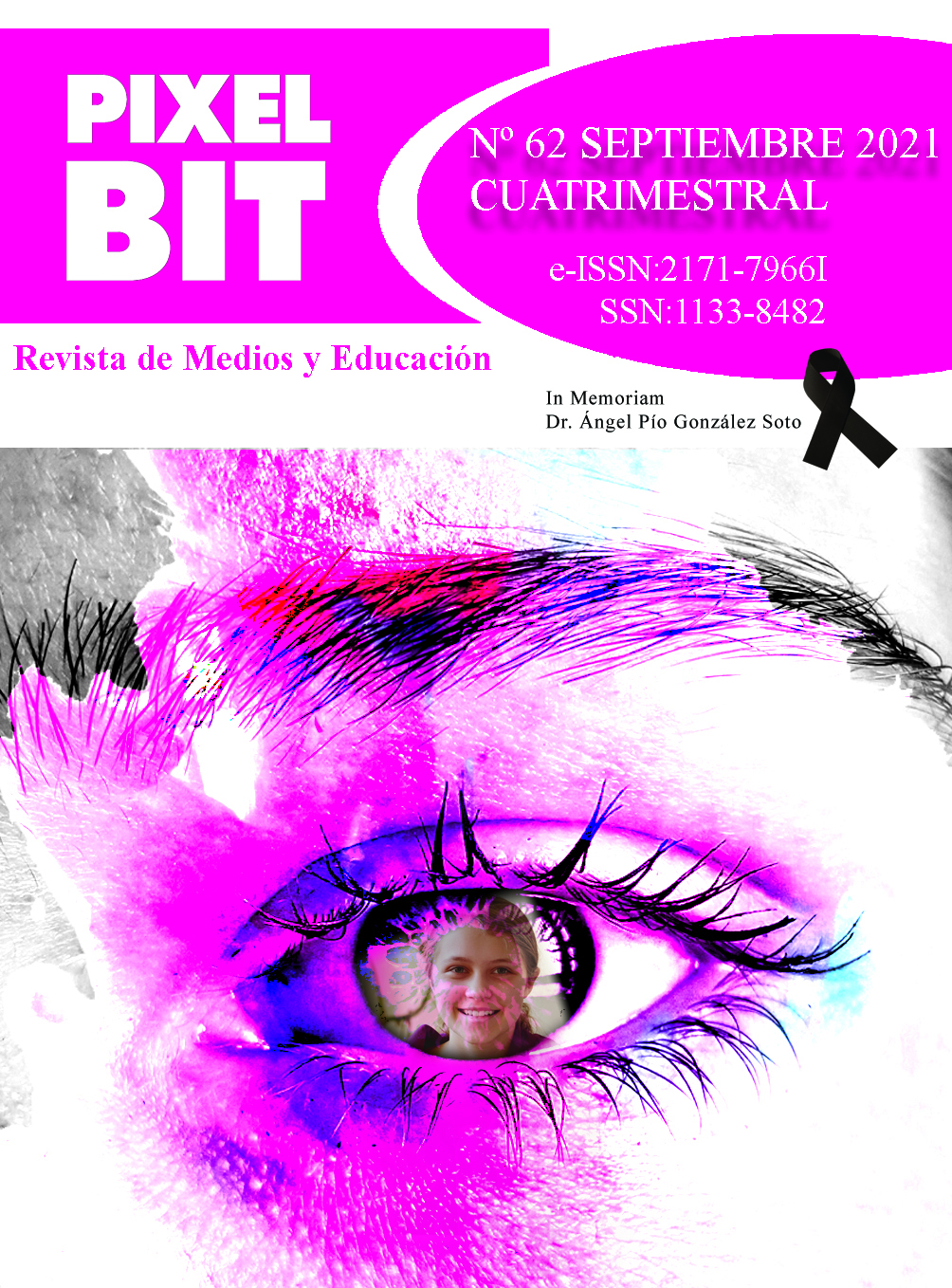Resumen
Eye-Gaze Tracking Technology (EGTT) is used most commonly as a communication tool for learners with profound and multiple learning difficulties (PMLD). This research investigates the use of EGTT as an assessment tool to provide additional evidence to confirm teacher assessment. Data was obtained from a sample of 4 students with PMLD and physical disabilities located within a special needs school. The qualitative methodology ensured a triangulation of data collection, which included analysis of learner heat maps, parent questionnaires and observations of teaching via video capture. It was found that the eye-tracking data provided information on individual learner’s engagement with the learning objectives, which otherwise could not have been communicated. The innovative technology provided an independent data source to inform the teacher’s assessment of the learner’s cognitive abilities. Overall EGTT enabled a more accurate method of teacher assessment of PMLD students’ abilities, giving teachers more confidence with their judgements by providing robust evidence to underpin their professional practice.

Esta obra está bajo una licencia internacional Creative Commons Atribución-NoComercial-SinDerivadas 4.0.
Derechos de autor 2021 Píxel-Bit. Revista de Medios y Educación

